Indoor plants add beauty, freshness, and life to any space, but when tiny insects start invading your green sanctuary, it can quickly become frustrating. Chemical pesticides may offer a quick fix, but they often come with side effects — harming beneficial organisms, causing unpleasant odors, or even posing risks to pets and humans. The good news is, you can protect your houseplants using natural, safe, and effective methods. Let’s explore how to keep indoor plants pest-free naturally while maintaining a healthy, thriving indoor garden.
1. Understand the Common Indoor Plant Pests
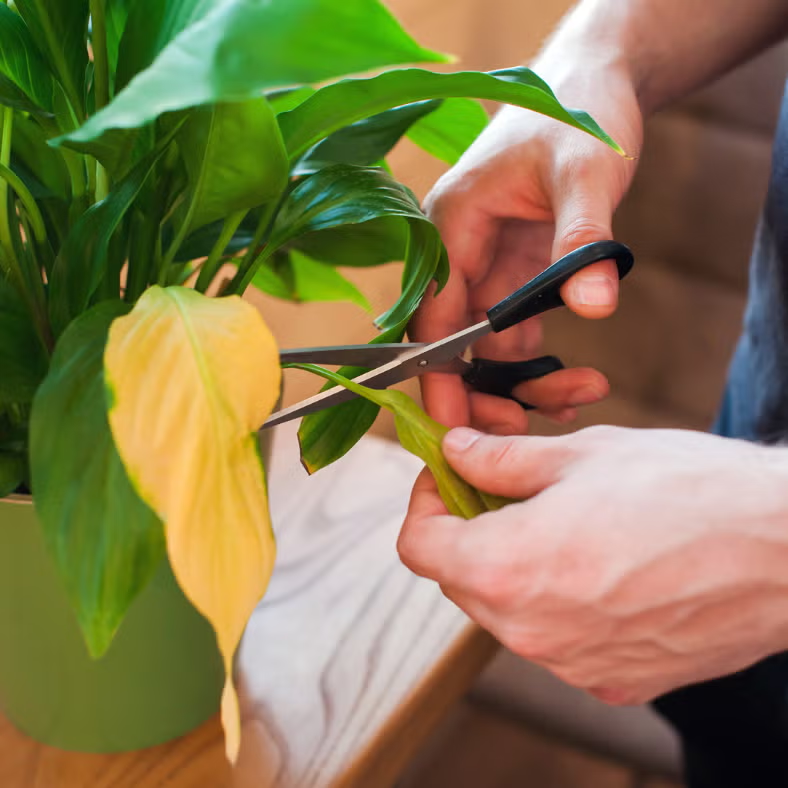
Before you can protect your plants, it’s important to know the most common culprits behind indoor infestations. These pests include:
- Aphids: Tiny, pear-shaped insects that suck sap from plant leaves and stems, causing curling and yellowing.
- Spider Mites: Minuscule red or brown mites that form fine webs and leave stippled marks on leaves.
- Fungus Gnats: Small flies that hover around the soil, their larvae feeding on roots and organic matter.
- Mealybugs: White, cotton-like clusters found on stems and leaf joints.
- Scale Insects: Small, brown, shell-like insects that attach to stems and undersides of leaves.
- Whiteflies: Tiny white insects that fly up in clouds when disturbed.
Identifying pests early is key to controlling them naturally before they spread to other plants.
2. Prevention: The Best Defense Against Pests
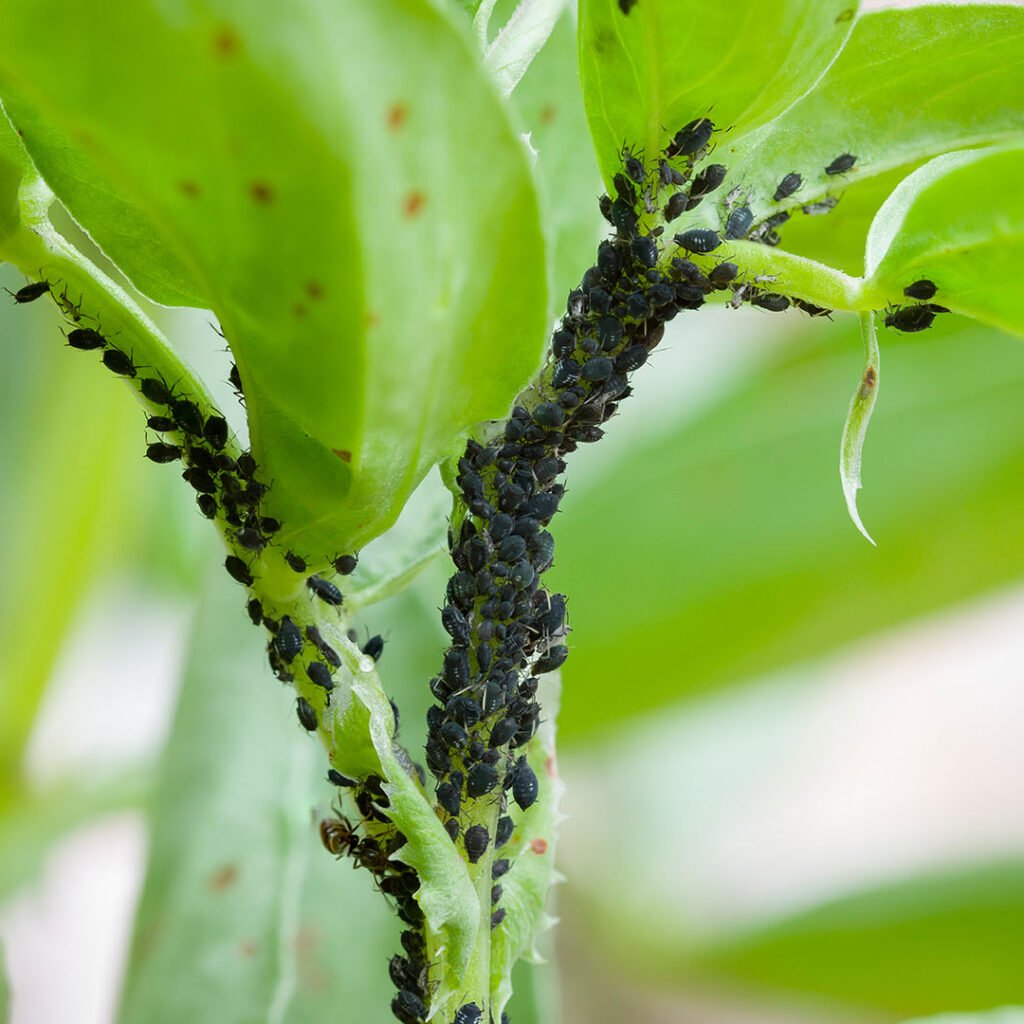
The most effective way to manage pests is to prevent them from entering or multiplying in the first place. Here are natural prevention strategies:
- Inspect New Plants Carefully: Before bringing any new plant home, examine leaves (especially the undersides), stems, and soil for signs of insects or eggs.
- Isolate New Arrivals: Keep new plants separate for at least two weeks to ensure they are pest-free before introducing them to your collection.
- Keep Leaves Clean: Dust buildup can attract pests. Gently wipe leaves with a damp cloth or spray with a mix of water and a few drops of mild liquid soap.
- Avoid Overwatering: Many pests, like fungus gnats, thrive in damp soil. Let the top layer of soil dry before watering again.
- Ensure Proper Air Circulation: Stagnant air encourages pests and fungal growth. Use a fan or keep windows slightly open to improve air flow.
3. Natural Cleaning and Pest Control Sprays
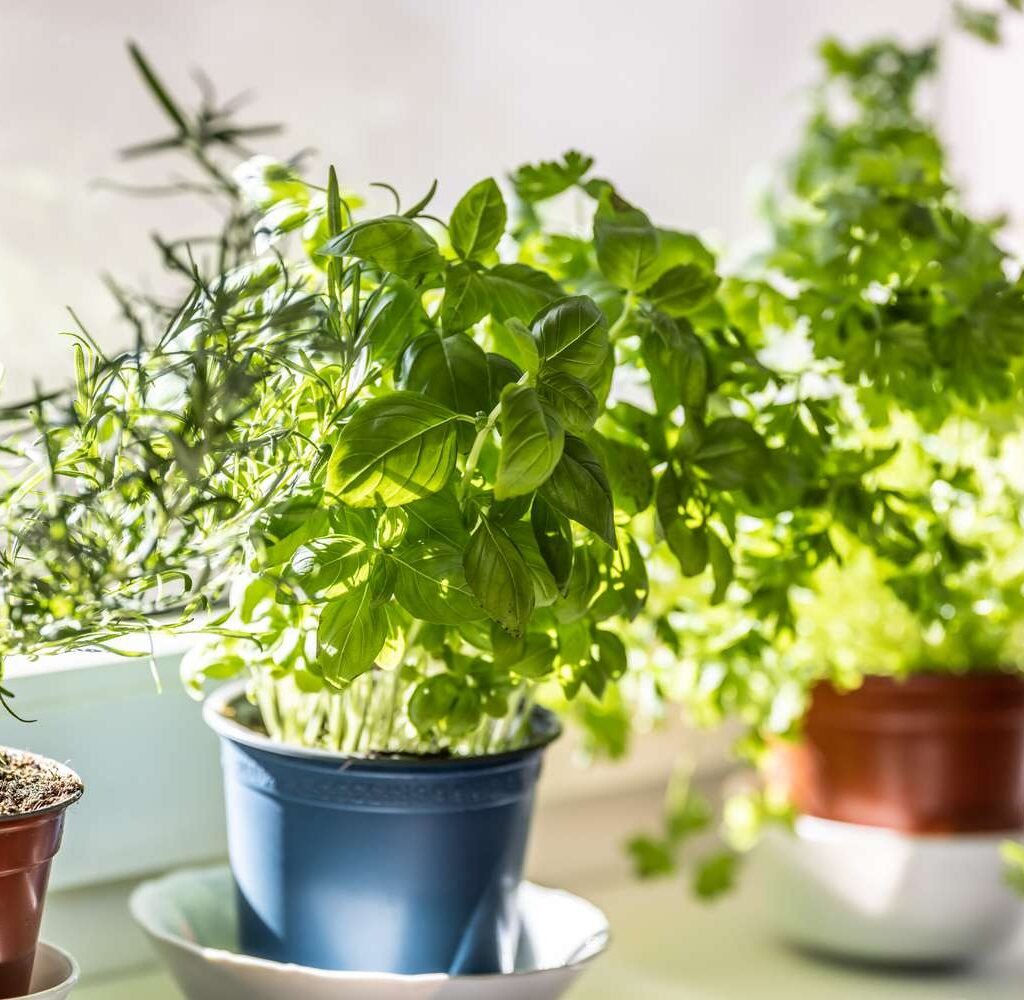
Instead of chemical insecticides, several natural sprays can effectively eliminate pests without harming plants or your indoor environment.
Neem Oil Spray
Neem oil is one of the best natural pesticides available. It works by disrupting pests’ feeding and reproduction cycles.
How to Use:
- Mix 1 teaspoon of neem oil with 1 liter of warm water.
- Add a few drops of mild liquid soap to help the oil mix with water.
- Shake well and spray on affected leaves, stems, and soil.
- Repeat every 5–7 days until pests disappear.
Soap and Water Spray
A gentle soap solution can remove soft-bodied pests like aphids, mealybugs, and spider mites.
How to Use:
- Mix 1 teaspoon of mild liquid dish soap in 1 liter of water.
- Spray directly on pests and wipe leaves gently with a soft cloth.
- Rinse after a few hours to prevent soap buildup.
Garlic and Chili Spray
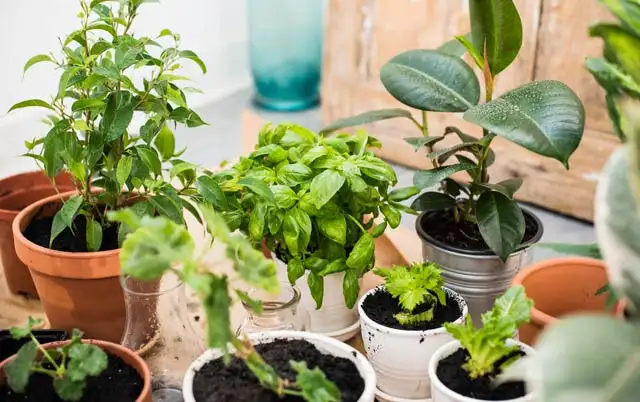
Garlic and chili act as natural repellents due to their strong scent and antibacterial properties.
Recipe:
- Blend 1 garlic bulb and 1 chili pepper with 1 liter of water.
- Let it steep overnight, strain, and add a few drops of liquid soap.
- Spray on plants weekly to keep pests away.
Alcohol Solution for Mealybugs
Mealybugs can be stubborn, but rubbing alcohol can dissolve their protective coating.
How to Use:
- Dip a cotton swab in 70% isopropyl alcohol and dab directly on mealybugs.
- Avoid spraying directly on sensitive plants, as alcohol may damage leaves.
4. Encourage Natural Predators (Even Indoors!)
You might be surprised, but some beneficial insects can live indoors temporarily to control pests naturally.
- Ladybugs eat aphids, mealybugs, and spider mites.
- Lacewing larvae feed on soft-bodied insects like thrips and whiteflies.
You can occasionally release a few of these predators indoors (available from garden suppliers) to control outbreaks in a natural way. Just make sure to release them in a well-contained plant corner or greenhouse area.
5. Use Natural Barriers and Soil Treatments
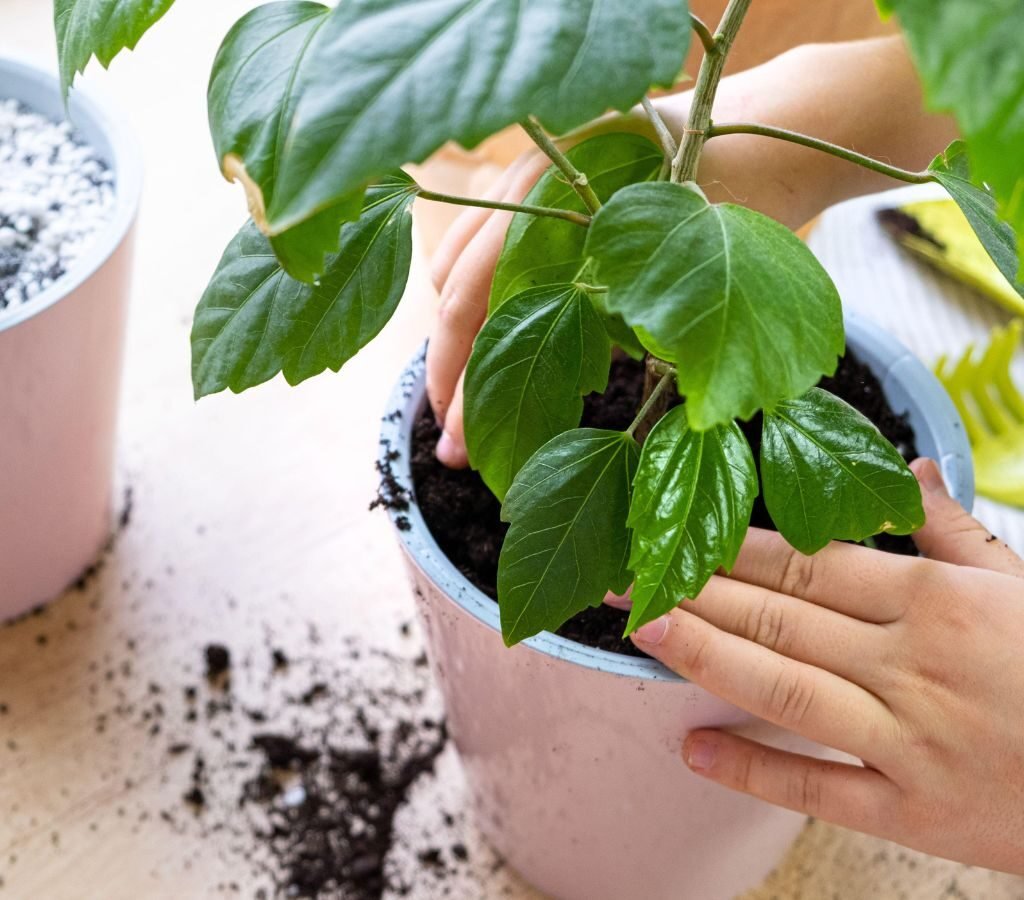
Healthy soil is your first line of defense against root pests and fungus gnats. Try these natural soil treatments:
- Cinnamon Powder: Sprinkle cinnamon on the soil surface to prevent fungal growth and deter gnats.
- Diatomaceous Earth (DE): A fine, natural powder made from fossilized algae. When sprinkled on soil or leaves, it kills pests by dehydrating them.
- Hydrogen Peroxide Solution: Mix 1 part hydrogen peroxide with 4 parts water and pour into the soil once a month to kill gnat larvae and aerate the roots.
- Sand or Pebble Layer: Covering the topsoil with a thin layer of sand or decorative pebbles can deter fungus gnats from laying eggs.
6. Strengthen Plants Naturally
Strong, healthy plants are less attractive to pests. Here’s how to keep your plants vigorous:
- Use Organic Fertilizers: Compost tea, banana peel water, or diluted fish emulsion are gentle nutrient sources that promote healthy growth.
- Ensure Adequate Light: Insufficient light weakens plants, making them more susceptible to insects. Move plants closer to windows or use grow lights.
- Water Correctly: Overwatering or underwatering stresses plants, making them vulnerable to infestations. Always check soil moisture before watering.
7. Quarantine and Prune Infested Plants
If you notice pests, act immediately to stop the spread:
- Isolate the affected plant from the rest of your collection.
- Prune heavily infested leaves or stems and dispose of them outside your home.
- Clean the area around the plant, including pots, saucers, and nearby surfaces, with a vinegar-water solution.
Quick action prevents a small problem from turning into a large infestation.
8. Homemade Pest-Repelling Mixtures
In addition to sprays, you can create pest deterrents that double as natural leaf shine:
Essential Oil Mix
Essential oils like peppermint, rosemary, and eucalyptus repel most indoor pests.
Recipe:
- Add 10 drops of peppermint or rosemary essential oil to 1 liter of water.
- Add 1 teaspoon of mild soap and mix well.
- Spray lightly on leaves once a week.
Baking Soda Spray
For fungal and pest issues, baking soda can balance pH and discourage pest growth.
How to Use:
- Mix 1 teaspoon of baking soda in 1 liter of water.
- Add a few drops of soap and spray the leaves weekly.
9. Regular Inspection and Maintenance Routine
The key to a pest-free indoor garden is consistency. Follow this weekly routine:
- Inspect every plant — under leaves, near the soil, and at joints.
- Wipe leaves with a damp cloth or mist gently with neem spray.
- Rotate plants to ensure even light exposure.
- Trim dead or yellowing leaves that may attract pests.
- Refresh soil every few months to remove eggs or larvae.
This routine only takes a few minutes but can save you from long-term pest troubles.
10. When Natural Methods Aren’t Enough
Sometimes, infestations may become severe despite your best efforts. In such cases:
- Repot the plant: Remove the plant from its pot, wash the roots thoroughly, and replace with fresh soil.
- Use organic insecticidal soap or horticultural oil as a last resort. These are eco-friendly and safe for indoor use.
Remember, the goal is to restore balance, not eliminate every tiny creature. A few harmless insects are part of nature’s system.
Conclusion
Keeping indoor plants pest-free naturally is entirely possible with patience, observation, and consistency. By combining prevention, natural sprays, and healthy care practices, you can maintain a vibrant, pest-resistant indoor jungle without using harsh chemicals.
Your plants will not only look healthier but will also thank you with lush growth, clean air, and a peaceful green environment. A natural approach to pest control doesn’t just protect your plants — it protects your home, your health, and the planet too.
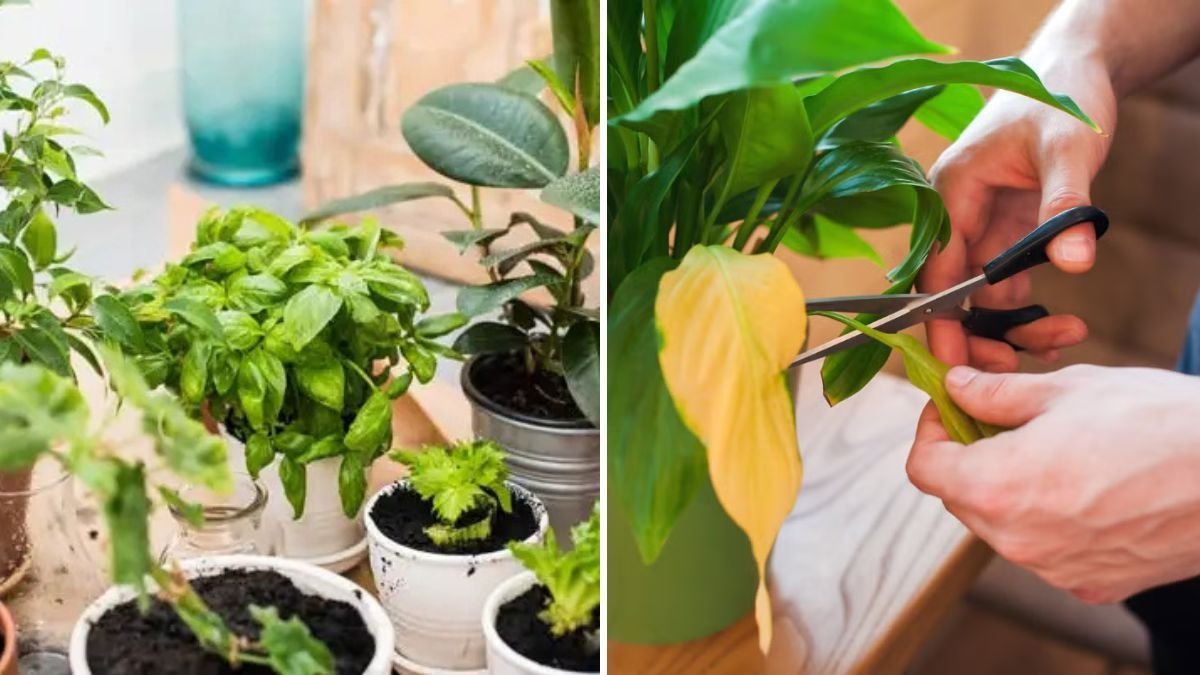




Leave A Comment